Open-air Platform
Parent institution: University of Copenhagen
Active since 2000
Active through 2000-present
Co-located with
- ICOS
- LTER
Fields of study
- Climatology, Climate Change
- Environmental sciences, Pollution
- Soil science
- Terrestrial biology, Ecology
- Hydrology
Contact Information
Vesterdal, Lars
email: lv@ign.ku.dk

